ROBOT / DRONE / IA
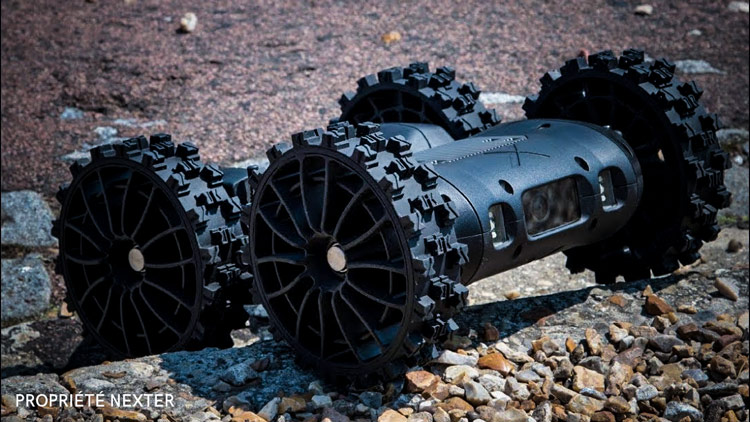
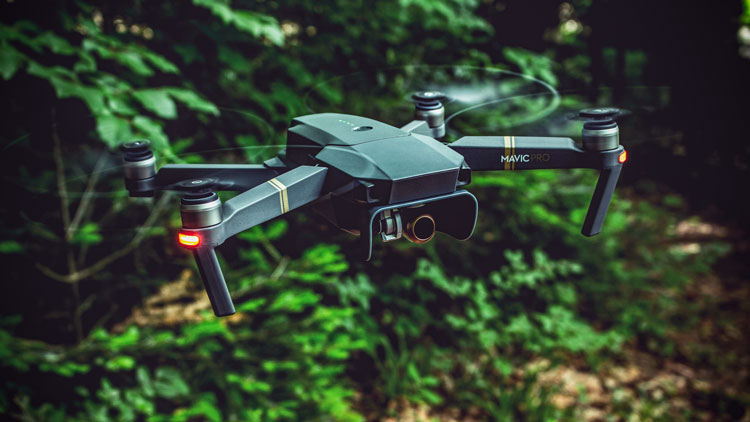
Reconnaissance and surveillance
In order to develop your robotic algorithms and programs for reconnaissance and surveillance applications, 4DV-SIM proposes complex and unknown environments (indoor and outdoor), to integrate several agents: vehicles, pedestrians, etc.
The variability of features and use cases is large. You can test obstacle avoidance strategies, cross-slope (negative or positive), sensor fusion, 2D/3D SLAM, data analysis and processing from multiple sources.
PEDESTRIAN add-on allows an easy integration of fully controllable pedestrians.
The UAV add-on let you test your drones (UAV) equipped with sensors and challenge then with wind disturbances.
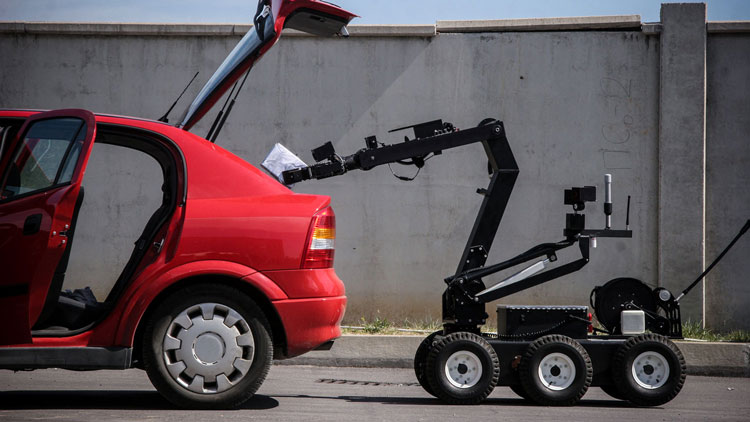
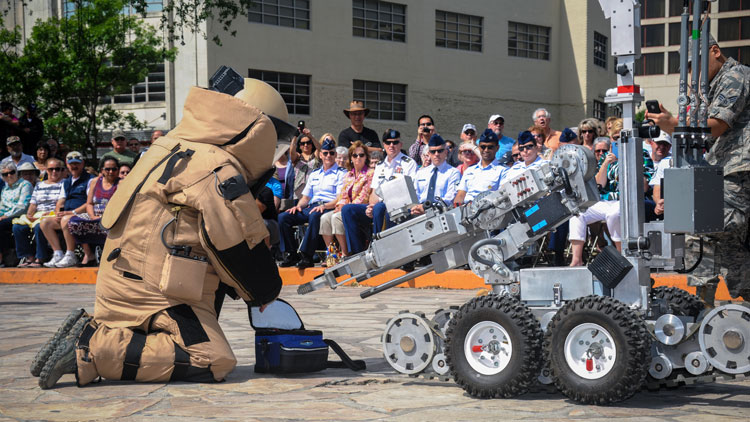
INSPECTION / MANIPULATION / MINE CLEARING
Tactical response robot
Because they are complex systems, the tactical response robots bring an important technical added value. They work in various and complex contexts (stair case, slippery floors…), either for vehicle inspection, objects manipulation, mine clearing, etc..
4DV-SIM proposes a complete workflow for the development of robots systems equipped with actuators (arm, gripper) and propulsion systems (track, wheel).
The available sensor library in 4DV-EDITOR allows the development teams to equip the virtual platform the same as the real platform. The digital twin can be controlled with a high level of representativeness to detect the environment and the disturbances.
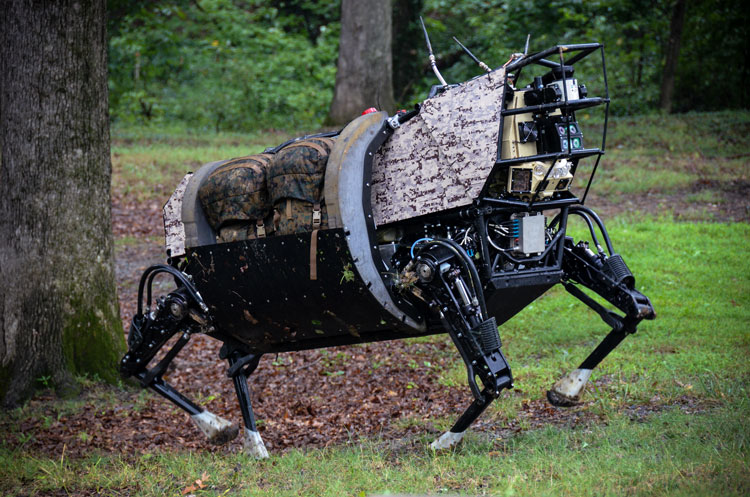
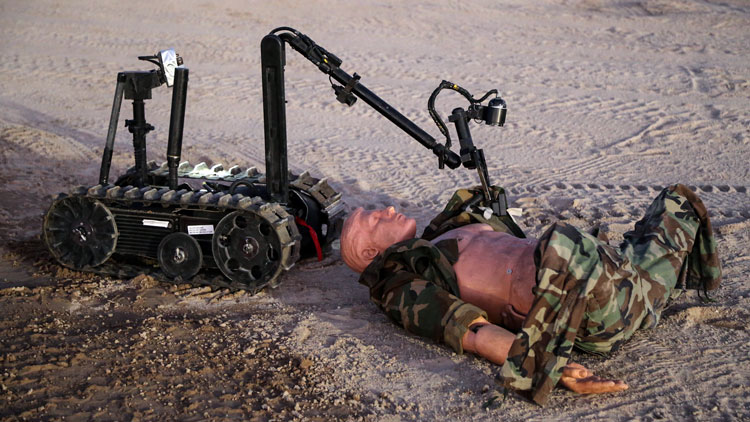
HANDLING / HEAVY LOAD CARRYING / TROOPS FOLLOWING
Mule robot / Evacuation
The mule robots are used as logistic assets to convey equipment or evacuate wounded soldiers. They are designe to operate in any environment, adapting themselves.
In the case of sensible and heavy operations, the implementation of autonomous robots needs a high level of performance in terms of perception and control to ensure the safety of the people.
4DV-SIM offers industrial partners and research laboratories the opportunity to work in a safe environment.
Before real tests with your robots, you can virtually test and validate your systems for perception, localization, behaviour, ground contact management and tipping. This last step becomes shorter and optimized. In this way, the final real test becomes safer.
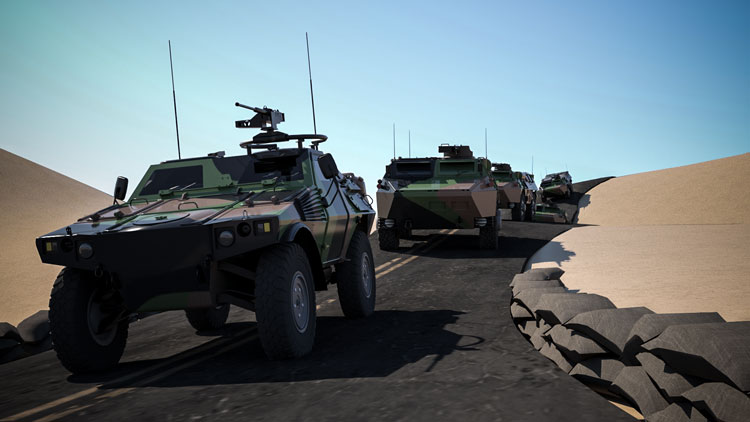
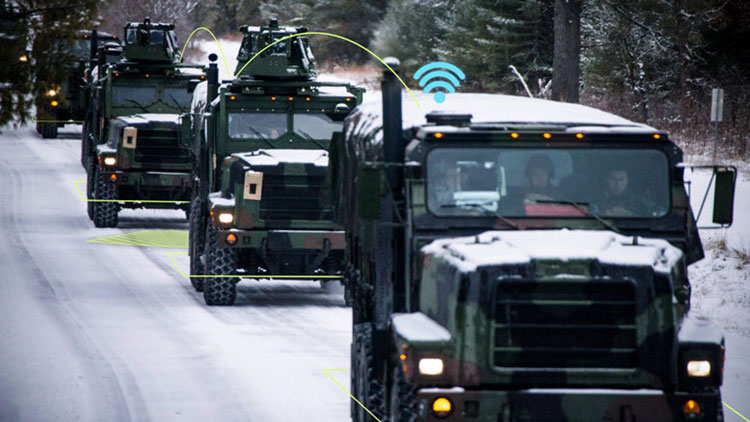
ON-ROAD AUTONOMOUS VEHICLES
Platooning / Military convoy
The use of mobile robot technology is useful to optimize military logistics, i.e. in the case of autonomous or semi-autonomous convoys.
However, coordinating military deployments (vehicle insertion, extraction, etc) need to be considered in relation with different system classifications (vehicle material, convoy geometry) in various environmental contexts.
In this context, using georeferenced 3D environments is advantageous to test military convoys in virtual and real cases.
These tests ensure an efficient approach to validate the sensor architecture and algorithms (perception and control).
